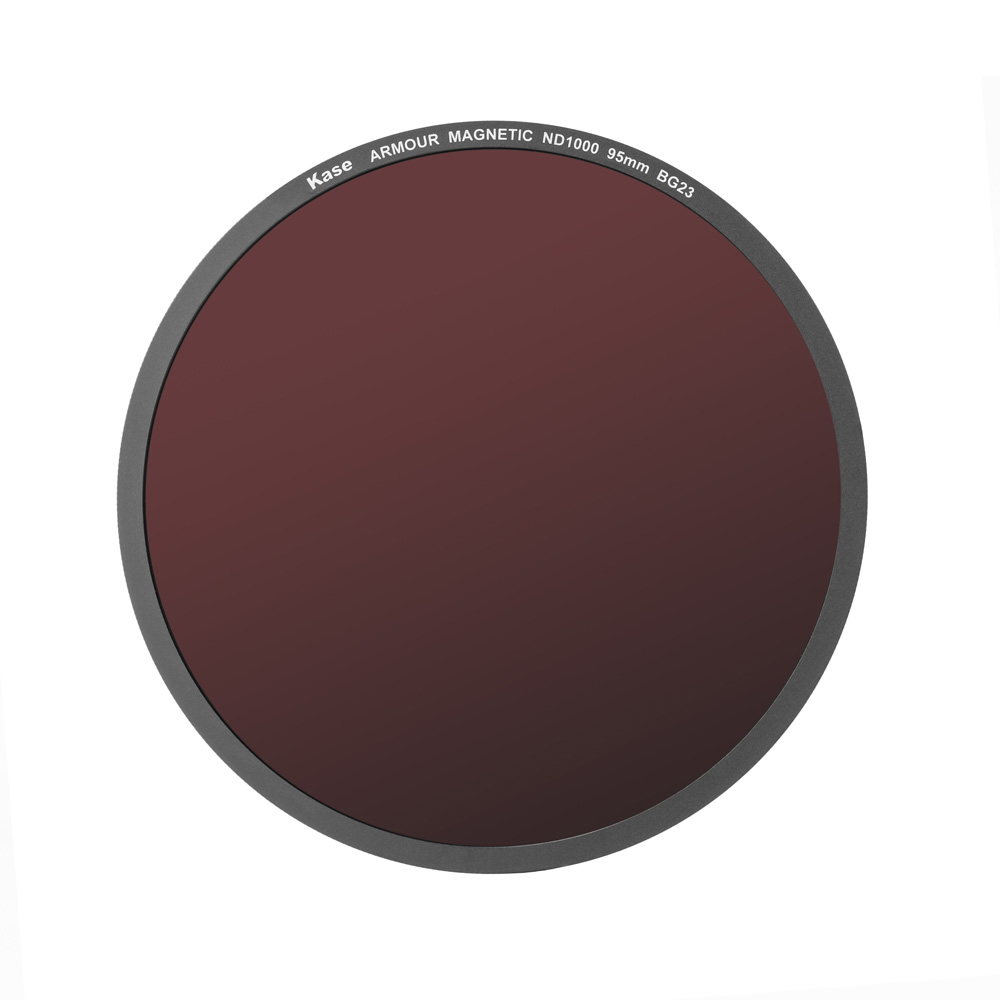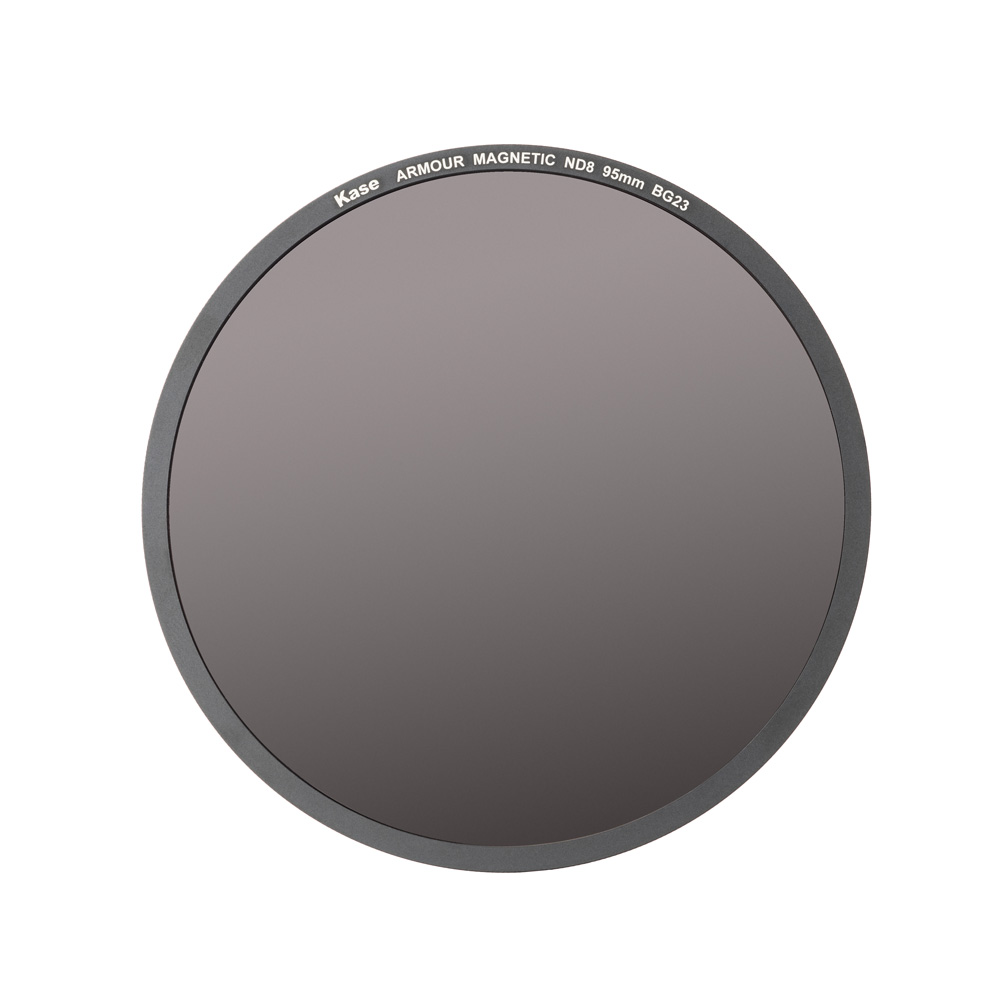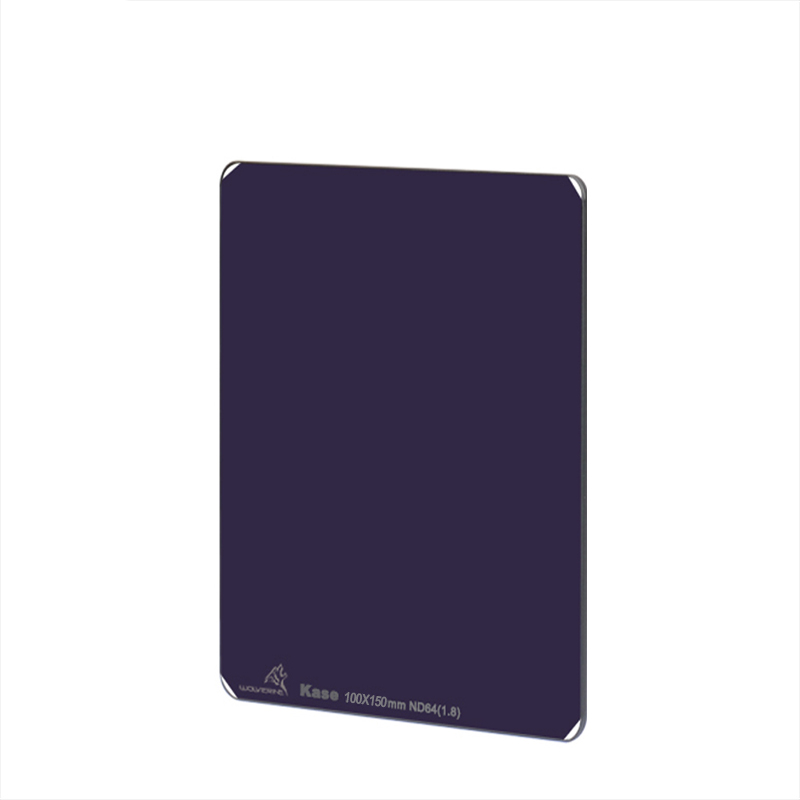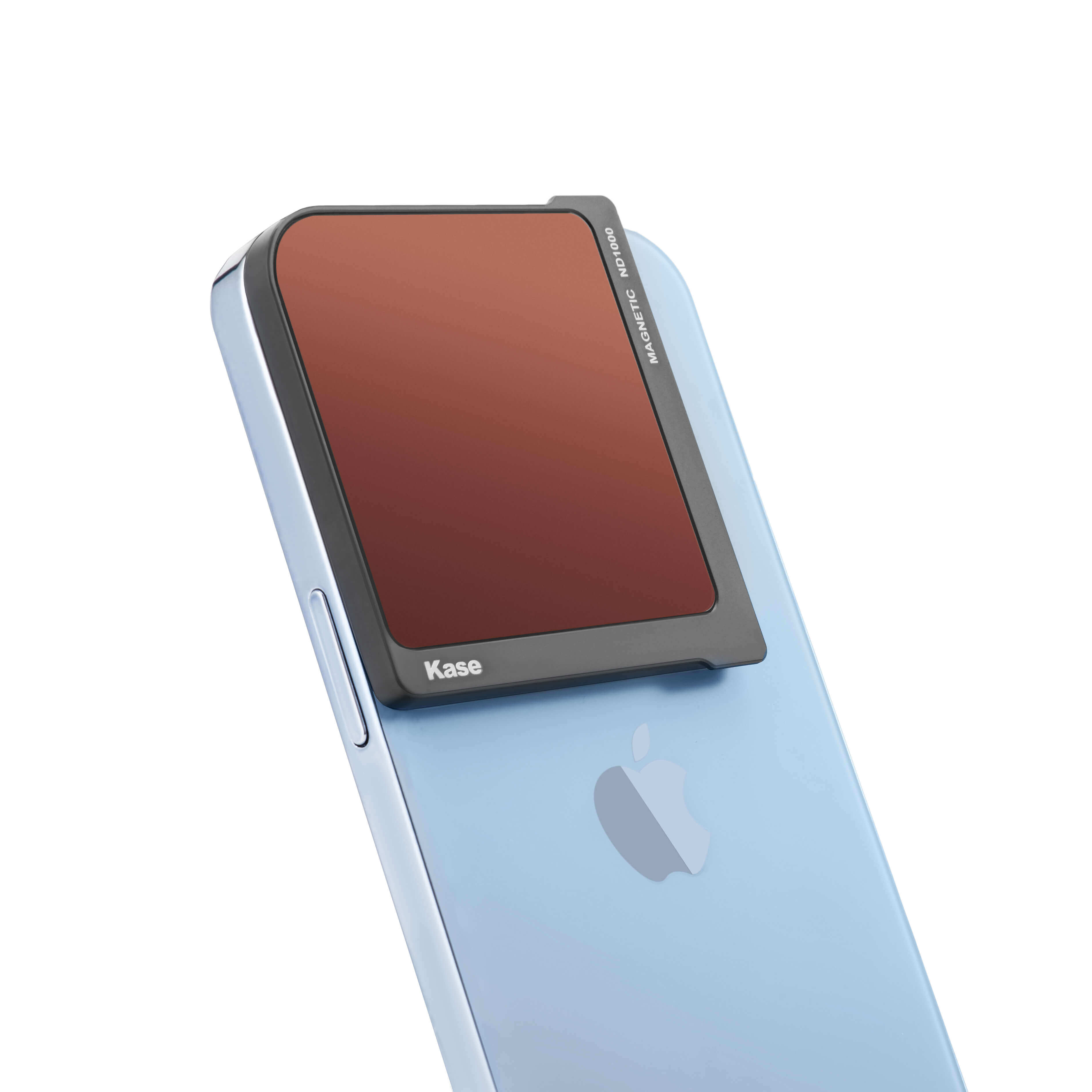General
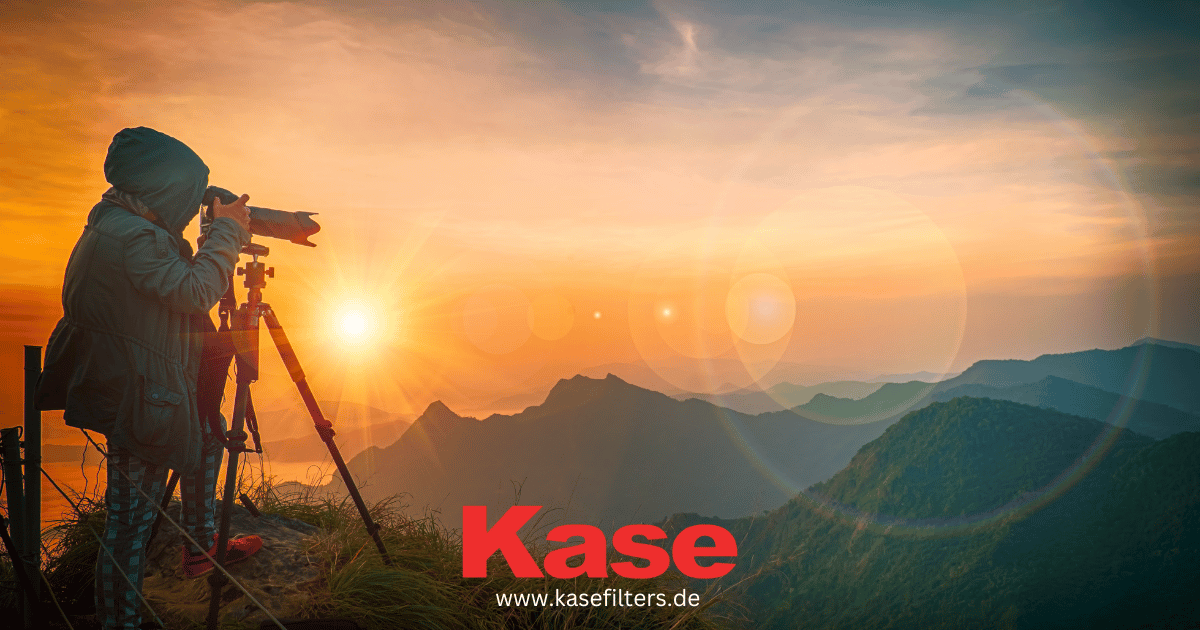
When and why should you use ND Filters?
Neutral density (ND) filters are an essential tool for any photographer, as they allow controlling amount of light that enters the camera. These filters can be used to slow down the movement of water or clouds, create a soft background or avoid an overexposed image. They can also be used to reduce contrast and create a fluid, soft look.
Are you not familiar with ND Filters? Keep reading to learn what are ND filters, why they're so important, and how you can use them.
What are the different types of ND Filters?
There are several types of ND filters, including variable, screw-on and fixed.
- Variable ND filters are the most flexible option as they can vary the amount of light in a given area.
- Screw-on ND filters are easy to attach and can be set at a specific strength.
- Fixed ND filters are the strongest and can keep the amount of light constant in a certain range.
Why do ND Filters have numbers and what do they mean?
ND Filters are numbered according to the amount of light they reduce, with higher numbers reducing more light. For example, an ND2 filter will reduce the light by one stop or, in other words, by 50%; while an ND4 will reduce the light by three stops or 75%. Whenever the ND factor number is multiplied by two, there is a 50% decrease in the amount of light that passes through, resulting in one extra f-stop of light being prevented from entering the lens.
Take a look at our ND filter table.
Are you not sure which filter is best for you?
What are the best ND filters for bright sunlight?
Having to deal with bright light can be a challenge for photographers. To prevent overexposure, you need to have your aperture closed-off, or your shutter speed set to fast. That’s why ND filters are so important. An ND32, ND64, or ND128 filter will give you 5, 6 and 7 f-stops of light reduction, respectively. This allows you to open up the aperture and slow down the shutter speed in bright light, to get softer and more creative shots with motion blur.
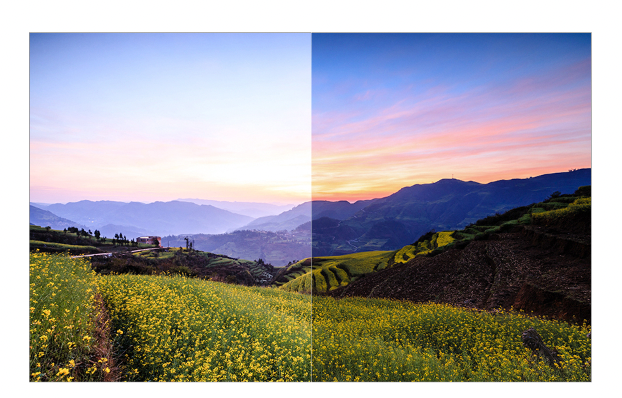
For example, if you want to do some outside portrait shots with a shallow depth-of-field which produces that beautiful bokeh effect, you can work with an ND64 filter. You can set the ISO to 100 and keep the aperture at f1.4, yet still slow the shutter speed down to 1/1000th sec. without overexposing the photo.
When it comes to capturing landscapes, bright light ND filters are very popular among outdoor photographers. With these filters you can increase your creative freedom and capture softer images with motion blur, or use it to achieve a shallower depth-of-field.
Cinematographers can also make use of ND filters in bright light to overcome the restrictions of the 180-degree rule and gain more exposure control for a more cinematic outcome.
To sum it up, ND32, ND64 and ND128 filters are great for all types of photography in bright light, longer motion blur, shallow depth-of-field and more cinematic video effects.
What is the best ND filter for harsh light?
ND256, ND512, ND1000, and ND10000 filters are great for creating long exposure photography when shooting in bright light or in harsh sunlight. These filters give between 8, 9 and 10 f-stops of light reduction, meaning they can block up to 99.99% of the light entering your lens.
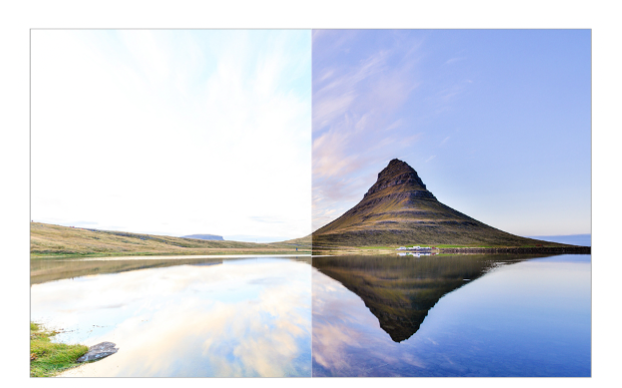
Overall, ND256, ND512, ND1000, and ND10000 filters are a must have for photographers who are looking to shoot in bright, harsh light. These filters are great for producing motion blur and shallow depth of field effects, giving you more creative control and flexibility when shooting in bright conditions.
Get the best ND filters at Kase and start creating stunning pictures!
ND filters are an essential tool for any photographer looking to create dramatic images and to control the brightness of their photographs.
It's important to experiment with different filters and to try out different combinations to achieve the desired effect. Using a combination of filters can also help photographers to create photos with a more artistic feel.
As a photographer, taking the time to experiment and learn the benefits of ND filters will allow you to create really stunning images.
What ND filter should you use to take photos in low light occasions?
Low light photography can be highly rewarding, especially when using ND filters to create motion blur and shallow depth of field, both of which can add a dramatic effect to photos. ND2, ND4, ND8 and ND16 filters are commonly used to capture moments such as the sunset or a foggy day, beautiful portrait ptictures with natural skin tones, and subtle effects in bright light.
Capture Subtle Effects in Bright Light
While not designed for it, these ND filters can still be used for subtle creative effects in bright light. Cinematographers often use them in this way, for example to create motion blur and other effects. Photographers can also achieve these effects, although it requires a bit of experimentation.
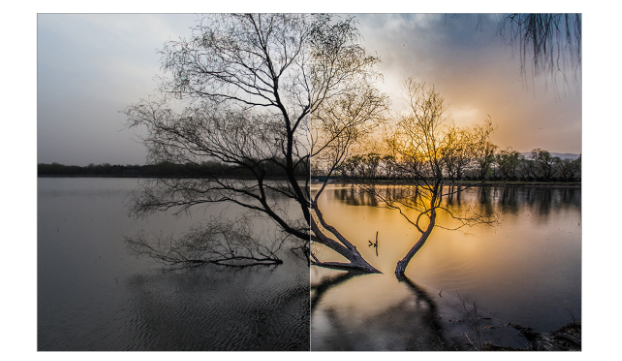
Low light landscape photography
Stormy days, the sunrise and evenings are all examples of times when using a ND2, ND4, ND8 or ND16 ensures the photo was not overexposed. By blocking 2, 3, and 4 f-stops of light, these filters allow you to slow your shutter speed down, without overexposing your image, to create beautiful motion blur.
Indoors or low light portrait photography
ND filters are also popular among portrait photographers who want to achieve a more dramatic shallow depth of field. These filters will help to blur the background, making the subject more prominent. Furthermore, the motion blur can add a sense of movement and energy to the photo.
Read more about using ND Filters in Portrait Photography.
Benefits of ND Filters: Why should you use them in photography?
3 Benefits of Using ND Filters:
- Reduce the amount of light entering the camera: ND Filters help reduce noise in the image, improve dynamic range, and allow for longer exposures. This can be especially beneficial when shooting in low light or when trying to capture a scene with a wide range of brightness levels. Additionally, reducing the amount of light entering the camera can help to create a more shallow depth of field, which can be used to create a more artistic effect.
- Increase the shutter speed: Increasing the shutter speed in photography can help to freeze motion, reduce blur, and create a more dynamic image. It can also help to capture fast-moving subjects, such as sports or wildlife, and create a sense of speed and motion in an image. Additionally, increasing the shutter speed can help to reduce the amount of light entering the camera, allowing for more control over exposure.
- Achieve better exposure balance: Achieving better exposure balance can help to create a more aesthetically pleasing image. It can also help to ensure that all elements of the image are properly exposed and that no details are lost in overly bright or dark areas. This can help to create a more dynamic and interesting image that stands out from the crowd.
At Kase, you can get the best ND Filters in the market in a variety of sizes, systems and many other features
Check some of our products bellow, use the search bar typing "ND filters", or contact our team of experts and get instant advice on what are the best ND filters for your projects.
Some of Kase popular ND filters:

